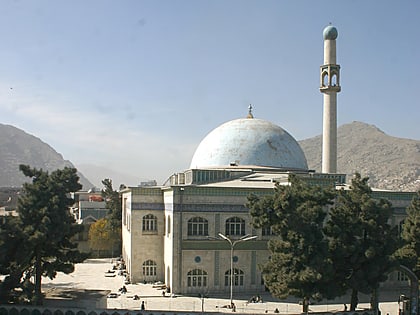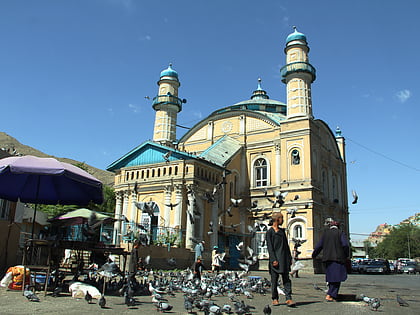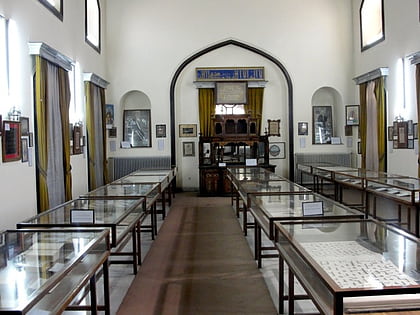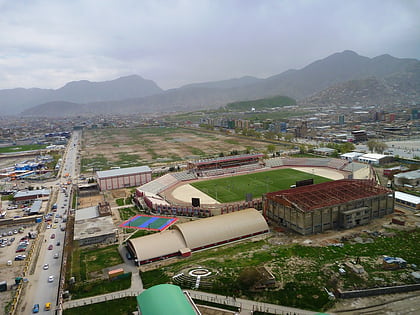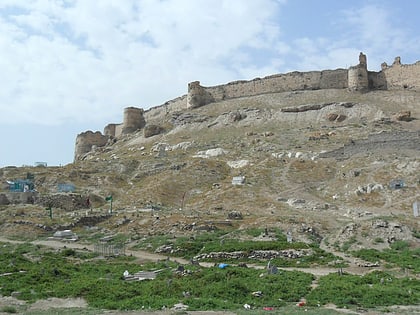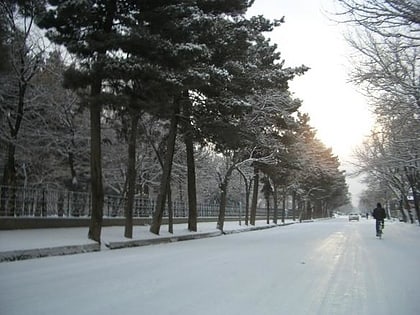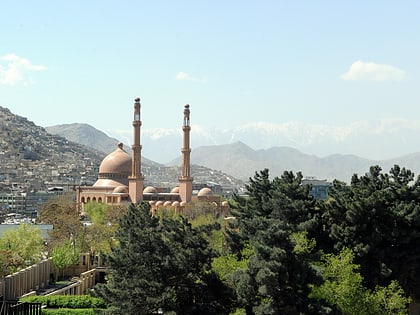Pul-e Khishti Mosque, Kabul
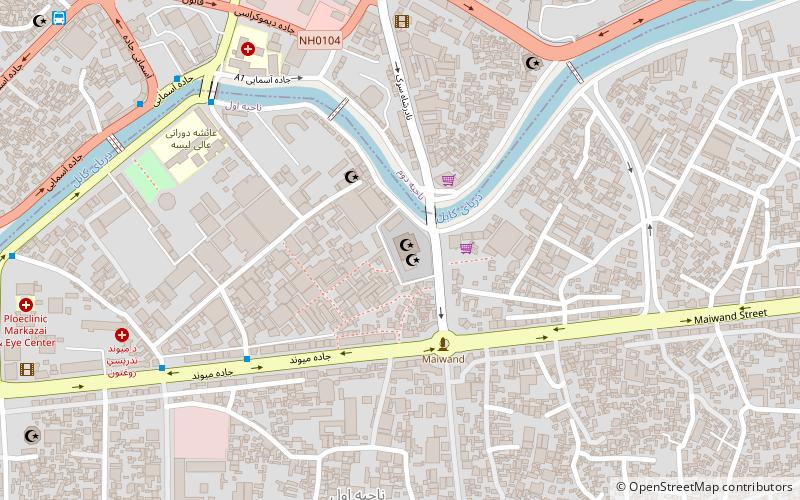

Facts and practical information
The Pul-e Khishti Mosque stands as a beacon of spiritual and cultural significance in the bustling city of Kabul, Afghanistan. As the largest mosque in the capital, Pul-e Khishti serves not only as a central hub for worship but also as a historical monument that reflects the rich Islamic heritage of the region.
Constructed during the reign of Amir Abdur Rahman Khan in the late 19th century, the mosque has been a witness to the tumultuous history of Afghanistan. Its name, which translates to "The Bridge of the Khishti," derives from its location near the old bridge of Kabul River. The mosque's grandeur is accentuated by its large blue dome, surrounded by four towering minarets that pierce the Kabul skyline.
The architectural design of Pul-e Khishti Mosque is a testament to the traditional Islamic styles with intricate tile work, calligraphy, and ornamental patterns. The interior of the mosque is equally impressive, with vast halls to accommodate thousands of worshippers who come to perform their daily prayers, particularly on Fridays and during the holy month of Ramadan.
Despite the challenges faced by the country, the mosque remains a symbol of resilience and continuity. Restoration efforts have been undertaken to preserve its historic value and to ensure that it remains a place of solace and community gathering for the people of Kabul.
Kabul
Pul-e Khishti Mosque – popular in the area (distance from the attraction)
Nearby attractions include: Shah-Do Shamshira Mosque, National Archives of Afghanistan, Kabul City Center, Chaman-e-Hozori.
Frequently Asked Questions (FAQ)
Which popular attractions are close to Pul-e Khishti Mosque?
How to get to Pul-e Khishti Mosque by public transport?
Bus
- جاده آسمایی (13 min walk)
- ده افغانان (15 min walk)
